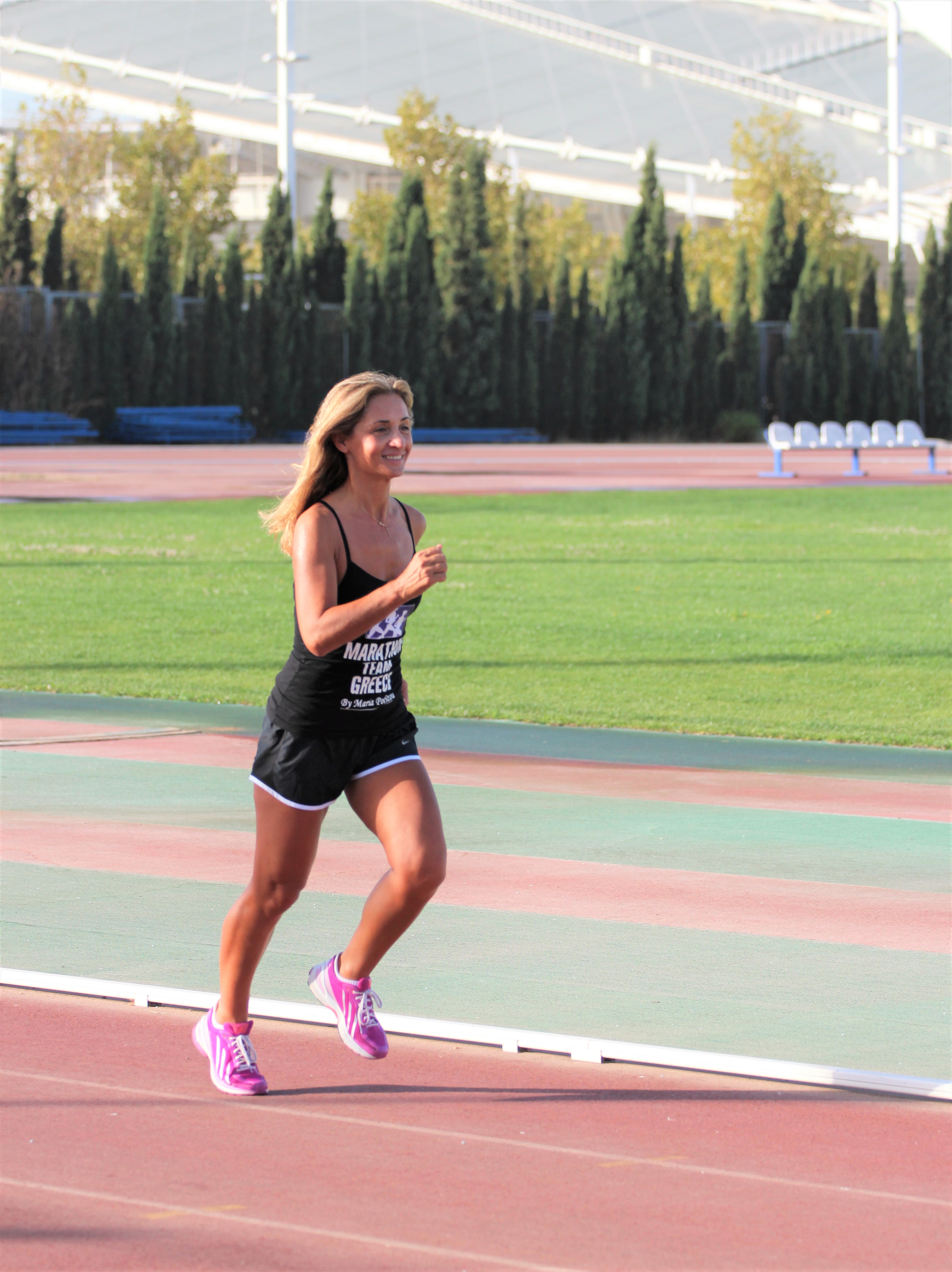Chemotherapy and exercise
 I needed to have 16 chemo and 32 radiation sessions after my breast cancer surgery in order to get my life back on track. As a coach and long distance runner – marathoner, there was no way I could remove exercise from my life, even after being hospitalized. So, even though most people often advised me not to tire myself out and to lie in bed until my next chemotherapy session, I wouldn’t listen to anyone. My body needed exercise.
I needed to have 16 chemo and 32 radiation sessions after my breast cancer surgery in order to get my life back on track. As a coach and long distance runner – marathoner, there was no way I could remove exercise from my life, even after being hospitalized. So, even though most people often advised me not to tire myself out and to lie in bed until my next chemotherapy session, I wouldn’t listen to anyone. My body needed exercise.
Just a day after my first chemo session, I put on my trainers and went out for a run. Truth be told, I too was curious to see how my performance would have been affected; would I feel exhausted and depleted afterwards?
After a 10km run, I returned home, I not only felt no exhaution, on the contrary, I felt much relief; the pain and the discomfort I felt in my body had by far been alleviated. Even the nausea was almost completely gone. The headache and haziness I felt, had almost disappeared too. My mood and psychology were at a high! I felt amazing! So, that is how I handled this long period of endless chemotherapy. I have to say that the more active I was, the less medication I needed to combat the pain and discomfort that we women feel the days following these chemo sessions. There were times when I even went for a short run just before my sessions.
I truly believe that exercise complements the therapy we get at the hospital. It is no surprise therefore, that in the USA, exercise is prescribed for women who suffer from cancer.
What will a woman gain from exercise when she is undergoing chemotherapy?
The benefits are many!
- Exercise helps women cope with the harsh repercussions that chemotherapy has on her body.
- It deters muscle degeneration and increases endurance during our daily routine.
- It maintains our body weight.
- It helps the body detox very fast through perspiration, something which I personally find very important due to the fact that our liver suffers greatly from all the severe medication we take.
- Another benefit of exercise is that it improves our digestive system; our intestines work better and faster. Let’s not forget that one of the most frequent issues caused by chemotherapy is constipation.
- The endorphins which are produced in our body during a workout benefit the overall psychological state of a woman fighting against cancer; it strengthens her.
- She is in a better mood and has a feeling of wellbeing. It diminishes depression – something which is often detected in women who have cancer.
- Exercise decreases bloating; we feel this discomfort because of bad blood circulation; this almost vanishes.
 How much should I exercise?
How much should I exercise?
Personally, I feel that every woman should first consult her doctor and then contact a personal trainer who will help her find the ideal type of exercise. What is certain is that every woman is a unique case and she alone knows her physical endurance.
What we should bear in mind is that we should never feel overexerted after a workout but rejuvenated.
A workout could be a 30 – 40 minute run/walk or even just a dynamic walk, cycling or even a swim. Everything benefits us – as long as the body is in motion.
Ideally, I’d recommend you exercise close to nature. The benefits are multiple!
I personally didn’t mind driving a few kilometers so that I could go for a run or a walk by the sea, on a mountain or in a lush green forest.
You will feel the benefits double! The fresh air and oxygen we get does us good and rejuvenates us.
Another thing exercise does, is that it clears the familiar to us haziness our brain suffers due to all the medication.
After any workout, a good session of stretching for the whole body would be ideal.
Strengthening Exercises
It is of the utmost importance not to neglect to do strengthening exercises; your body needs them!
Women who have undergone lymphatic cleansing, like I have, should take extra caution; I had 27 removed. Especially in this area, we are to be extra cautious; we need to be patient and persistent. The exercises should be mild. Our aim is to regain the ability to stretch out our arms. We should stretch our muscles without hurting ourselves and causing any pain. This is to be repeated persistently until it is accomplished. We do not want to feel pain in this area. What we need to feel is a slight pull which soothes us.
The rehabilitation of the muscles in the armpit may take a while but rest assured they will heal.
These exercises deal with the improvement of the complete movement of the shoulder, elbow, arms and wrist.
A rubber ball, which is squeezed and released repeatedly, is used to exercise the muscles in the hands and fingers.
How many times should I exercise in a week?
This depends on each woman separately. Personally, I exercised every single day because it did me good. I would suggest 3 to 4 times a week - that should be good enough. On the days when you don’t work out, you could do any other mild activity in the house, the garden or even dance.
One thing is certain though … You don’t give up!!!
By Maria Polyzou (GRE)

